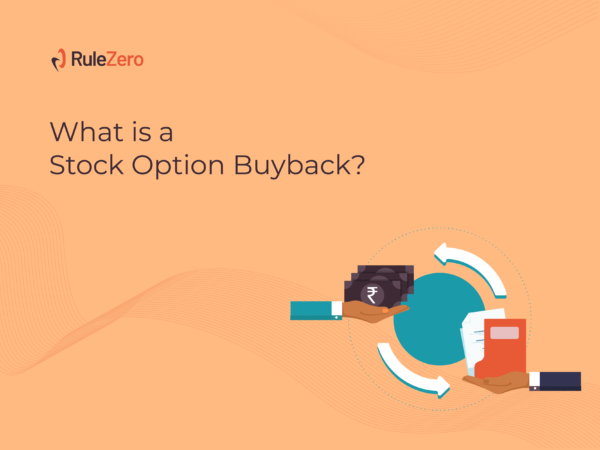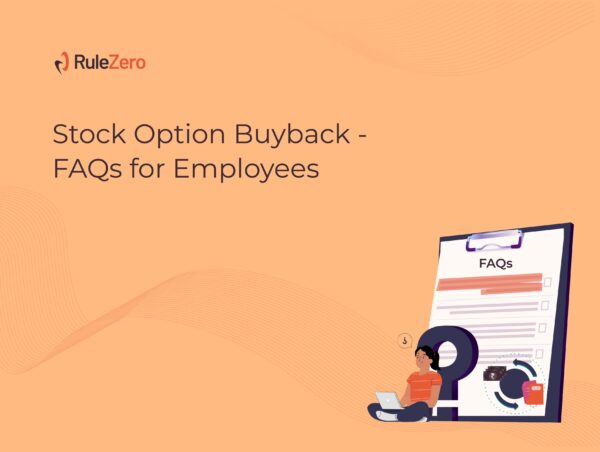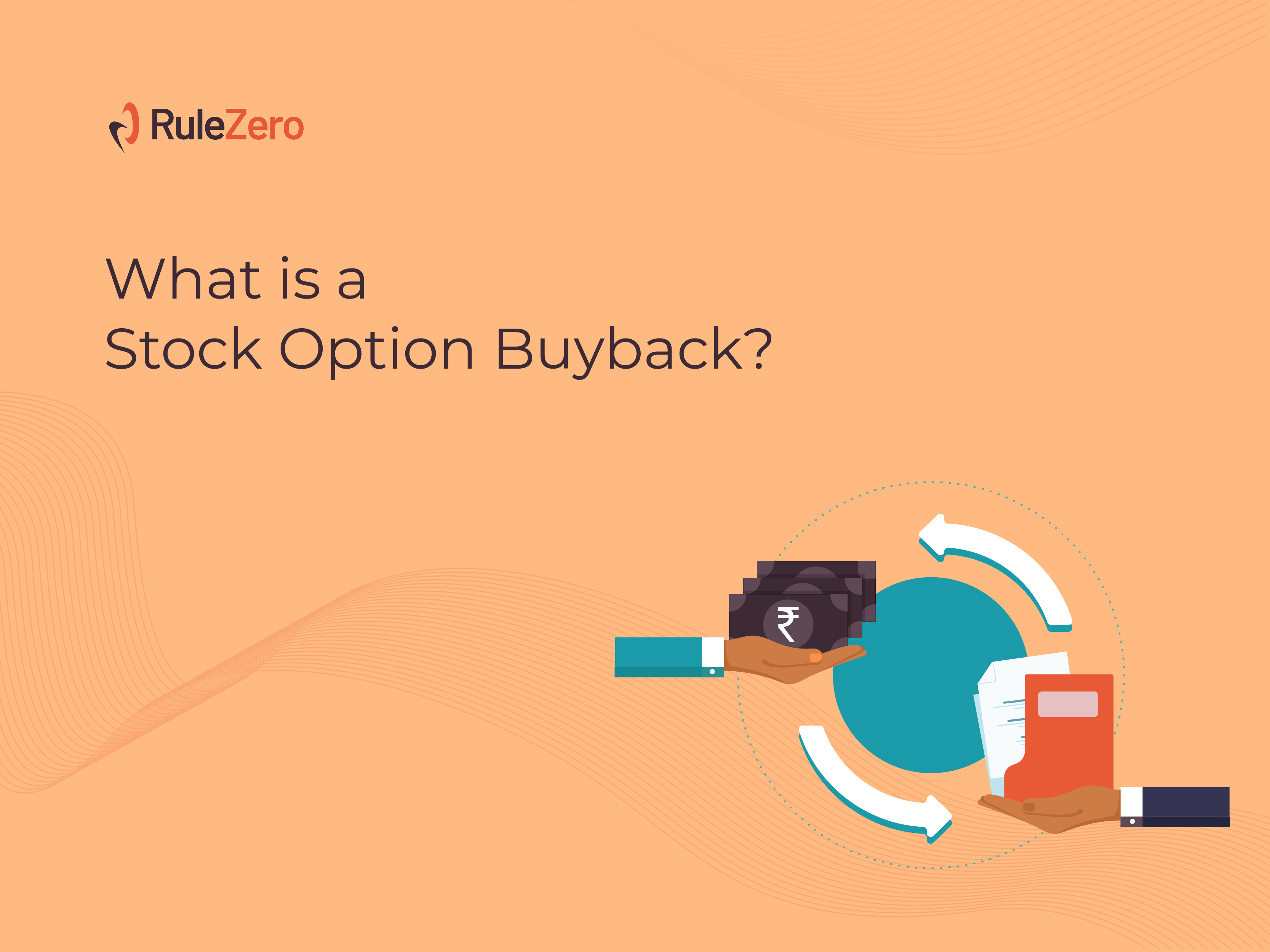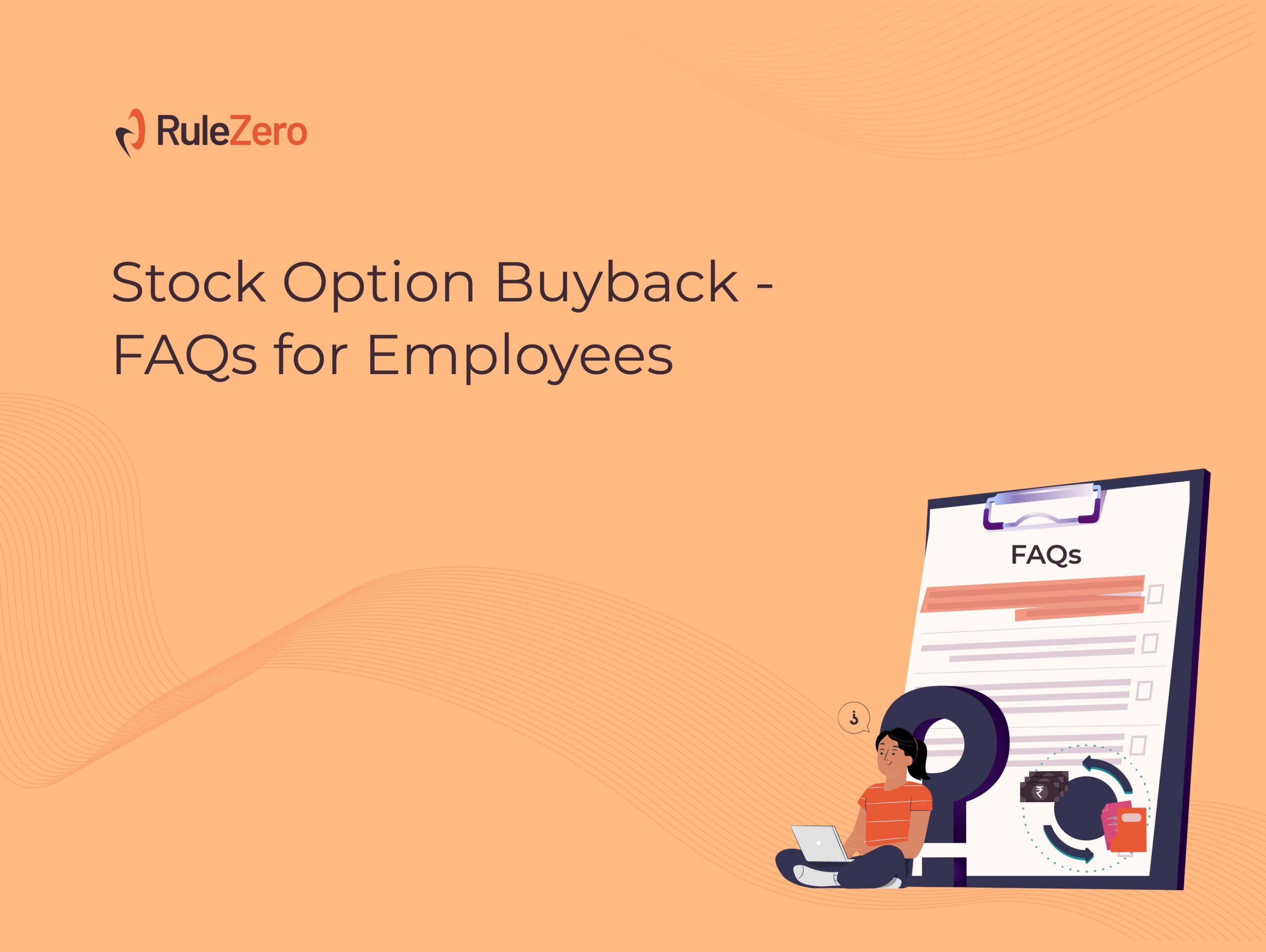In the start-up environment, it’s hard to miss hearing the term ‘cap table’. Almost all founders are told to read up on cap tables, not least because they reveal much more than who owns how much of the company. Cap tables are the basis of many managerial decisions as well. So, it’s important not only to understand how cap tables represent ownership structure, but also maintain a clean cap table that can provide precise information.
So, what is a cap table, and what critical information does it contain?
A capitalisation or ‘cap’ table is essentially a tabular representation of details about a company’s ownership and market value. It is extensively used by private companies to record information about its shareholders and investors; amounts of capital infused; valuation and types of shares (or other securities) issued in each round; and percentage of ownership and rights of all shareholders, whether founders, angel investors, or institutional investors.
Can a cap table be understood as a scorecard of shareholders?
A scorecard typically follows the progress of a game closely, with each development being reflected as a change to the players’ scores. While such a sporting analogy may not be perfect, it wouldn’t be entirely inaccurate to think about a cap table as a scorecard. A company’s cap table keeps track of each shareholder’s equity ownership and the net worth of their individual shareholding at every stage be it capital infusion or investor exit. The numbers are tracked regularly and updated to show who owns how much of the company and the price they paid to acquire the shares.
A sample cap table
Let’s consider Helix Pharma, a company based in Bengaluru.
Helix Pharma Private Limited is a pharmaceutical company that manufactures medicines to treat neurological diseases. As you can see from the cap table below, Helix was started by two founders, Charles and Lalita. They put in the initial funds needed to incorporate the company and get it up and running, in exchange for equity in the company. Once the company began growing, the founders approached their family, friends, and trusted acquaintances for more funds. A few months later, as Helix began to scale its operations, a VC called NUV Capital brought in more investment. At this time, since the company was doing well, the management team decided to share its profits with employees by granting them stock options, and a stock option pool was created. At each stage of funding, securities were issued to all investors – individual and institutional – in exchange for their investment.
Here’s how Helix’s cap table looked immediately after NUV invested.
Shareholders | Number of shares | Type of shares | Investment amount(INR) | Ownership |
Charles Keith | 5,000 | Equity | 50,000 | 33% |
Lalita Suman | 5,000 | Equity | 50,000 | 33% |
Friends and family | 869 | Equity | 50,00,000 | 6% |
NUV Capital | 2,717 | Preference shares | 10,00,00,000 | 18% |
Employee options | 1,509 | Stock options | – | 10% |
Total | 15,095 | 10,51,00,000 | 100% |
It’s important to remember that cap tables are represented on a fully diluted basis. What this means is that all securities, even stock options and convertibles, which in reality only convert to equity in future, are recorded as if already converted. This is so that the ownership structure is represented accurately. Since cap tables depict who owns how much of the company, what you can see from Helix’s cap table is that each shareholder’s stake is calculated by dividing the number of shares that they own by the total shares issued by Helix on a fully diluted basis.
Typical elements in a cap table
Terms such as equity share, preference share, pre-money and post-money valuation, investment amount, price per share, and ESOP or stock options, or option pool are commonly found in cap tables. Each element is connected to the other and a variation in one has a definitive impact on all the other elements. What is significant is that every term has a number value attached, and so most companies maintain this information on a spreadsheet, with column and row headings. These headings essentially represent the elements of a cap table. Every cap table does not contain identical terms, of course, but in most of them, you’ll find the following:
- Amount raised: The total amount of funds raised in a particular round from all investors is the amount raised.
- Dilution: This means the decrease in shareholding percentage due to the new investment and additional funds raised. This is calculated by dividing the amount invested in that round by the post-money value of the company.
- Equity: The category of the company’s capital that gives ownership and voting rights to its holders. The holders of equity shares are last in line when it comes to dividend payment or return of capital.
- ESOP: ESOP – employee stock option plan – is an employee benefit plan intended to encourage a company’s employees to acquire ownership company. Stock options allow employees to purchase the company’s shares in future at a fixed, usually discounted, price. This means that employees can convert their options to shares at a price lower than the existing value of shares, the difference being the reward for the employees.
- Fully diluted basis: Calculations of shareholding on a fully diluted basis assumes that all the shares issued by a company, as well as all convertible securities and unallocated/reserved stock in the stock option pool have converted to equity.
- Lead investor: The investor who invests the largest sum of money in the funding round is the lead investor.
- Net worth: The net worth of shares owned by each shareholder is the product of the post-money value of the company and their shareholding percentage post the investment. In essence, it represents the amount that shareholder can expect to be paid when they sell their entire shareholding in the company.
- Preference shares: Preference shares are a category of the company’s stock. Holders of preference shares are preferred over holders of equity shares (higher up the order) when it comes to payment of dividend and return of capital.
- Price per share: This is the price at which each unit of the stock (share) sells. Dividing the total amount invested by the number of shares issued in each round of funding gives the price per share.
- Round: As apparent from the example of Helix Pharma, there can be several rounds of investment into a company. Sometimes, an investor will invest more than once and at each round they may pay more (or less) for the shares. So, such an investor’s shareholding during each round is accounted for separately and represented accordingly in the cap table.
- Security: This refers to the type of security issued by the company in exchange for the investment. Broadly speaking, a company issues (a) equity, (b) preference shares, (c) warrants, (d) options, and (e) convertible notes. Each security has a set of features that determines the rights of the shareholder.
- Shares: Each share is a unit of the total share capital of a company, providing its holders ownership and voting rights in the company.
- Shareholding percentage: Shareholding percentage is the share of ownership in a company in percentage terms. It is calculated by dividing the amount invested by the post-money value of the company. During each round of funding, the ownership of each shareholder changes, unless they invest in the successive round.
- Shareholders: The names of all shareholders in a company is mentioned in a cap table. Typically, shareholders are categorized based on their relationship with the company and the characteristics of their ownership and investment. So, shareholders are classified as founders, angel investors, venture capitalists, and so on.
- Stock option pool: Most companies create and reserve a percentage of their stock, with the aim of issuing stock to their employees in the future – this is called the stock option pool. This pool is replenished from time to time as a company grows and its employees increase.
- Valuation: A company’s value is determined (or agreed) during each round of capital investment. This value (or ‘valuation’, which is the commonly but inaptly used term!) determines the price that the investor(s) pay per share in that particular round. The value of a company also decides the investor’s shareholding, based on the number of shares issued in exchange for their capital, as well as the number of equity shares to which a convertible instrument (if issued) will convert. The value of the company agreed between the investors and the company for the purposes of the transaction is the ‘pre-money’ value, while the sum of the pre-money value and the investment amount during a particular round is the ‘post-money’ value.
Insights and ideas for stakeholders
Cap tables provide vital insights to a company’s shareholding structure and valuation. Being more than mere tables that record ownership and transfer of shares in a company, they help in engaging stakeholders, prompting them to ideate and implement strategies for the company’s continued financial growth. For more on cap tables, take a look at our article on ‘Deciphering a cap table’.
More in this Series
- Part II – Deciphering a cap table
- Part III- Numerical Example of a cap table
Stay tuned










